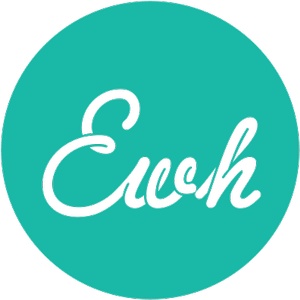
When Inspiration Strikes: What To Do Next
You’ve had a burst of inspiration for a picture book idea—now what? It’s important to capture that idea and nurture it into something more substantial. Here’s how to take the next steps:
- Write it down immediately. Don’t rely on your memory. Jot down your idea in a notebook or a digital app. Even if it’s just a sentence or a fragment, getting it down ensures it won’t be forgotten.
- Expand on it. Spend some time fleshing out the idea. Who is the main character? What’s their goal? What obstacles do they face? How does the setting influence the story? At this stage, allow yourself to brainstorm freely without worrying about structure or style.
- Test the idea. Ask yourself: Does this idea have potential to engage young readers? Is there enough conflict or intrigue to sustain a story? If it feels thin, brainstorm ways to add depth or layers. For example, could the character’s journey parallel a universal theme like courage or belonging?
- Start sketching out a draft. Even if it’s rough, putting your idea into a story format will help you see what works and what needs adjustment. Focus on creating a beginning, middle, and end while leaving room for visual storytelling.
Here’s a formula I like to use to help me flesh out a narrative story idea. Fill in the blanks with your story specifics:
HERO wants GOAL, but they can’t because OBSTACLE(S). So they TAKE ACTION(S), and ultimately learn THEME.
This formula is a powerful tool for developing a story idea because it provides a clear structure while leaving plenty of room for creativity and emotional depth. The hero’s need or specific goal gives the story its driving force, creating a sense of urgency and direction. The obstacle—or series of obstacles—adds tension and raises the stakes, challenging the hero in ways that force them to grow or adapt. The actions the hero takes to overcome these challenges reveal their character and propel the plot forward, while also keeping readers engaged with twists, turns, and moments of triumph or setback. Finally, the theme emerges naturally from the hero’s journey—what they learn, how they change, and how they resolve their initial conflict. This framework ensures a balance of external action and internal growth, making for a story that is not only exciting but also meaningful and memorable.
I hope you have enjoyed this 6-week series on finding and developing ideas for picture books!
